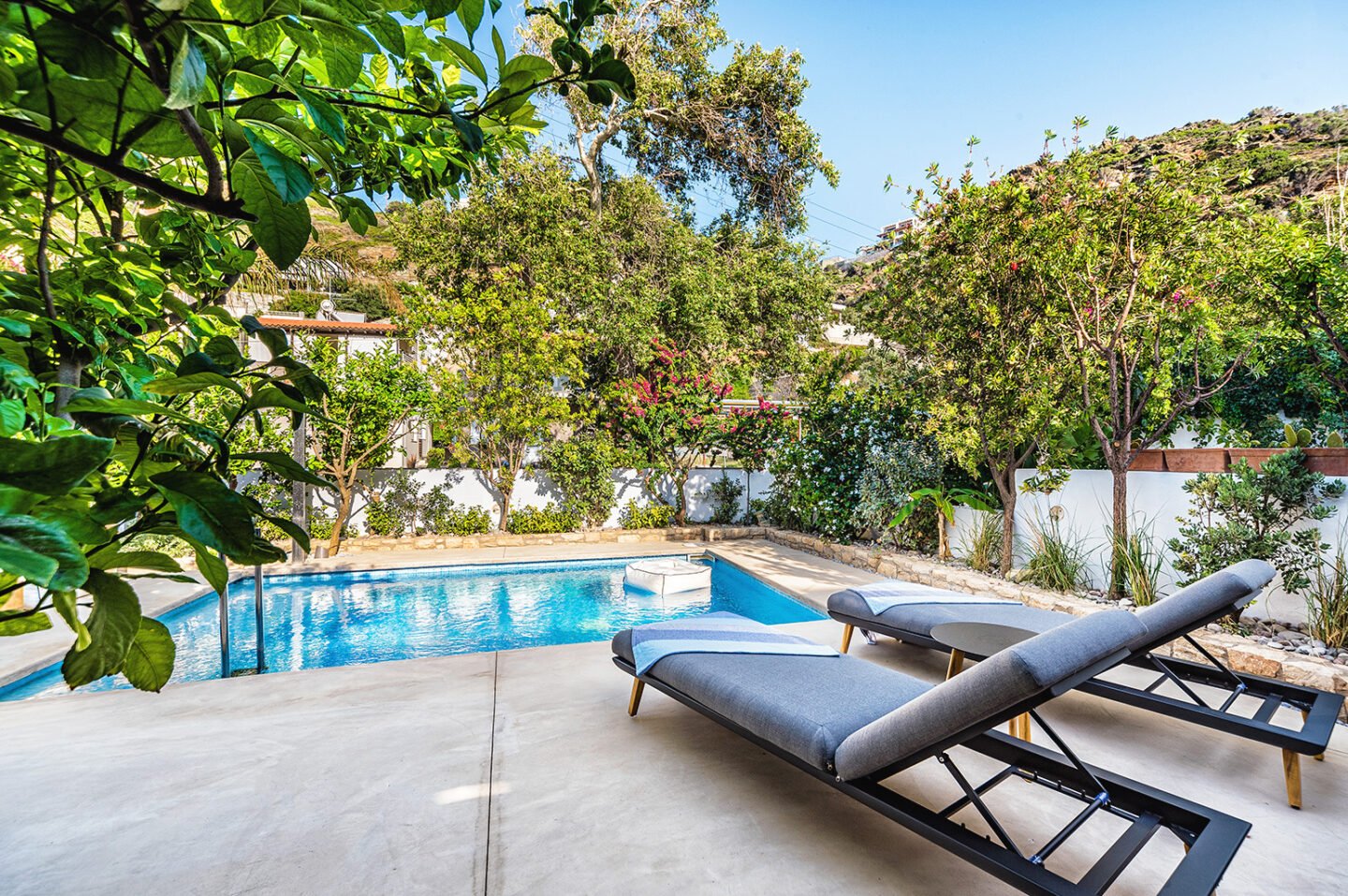All pool filters filter water. That’s obvious. So, why should you buy an in-ground pool filter for an in-ground pool and an above ground filter for above ground pools? More importantly, why should you pay more than double for an above ground pool filter? Why not just stick in an in-ground filter and get it over with?
Read Also: Tips for Maintaining Your Pool
Unfortunately, it’s not as easy as it sounds. Although you can use an in-ground filter in an above ground pool and vice-versa, it’s usually a lot more beneficial to use the right filter in the right place to ensure the cleanest possible pool water. Also, using the right filter in the right place makes cleaning and general maintenance a little easier.
Below, we look at the similarities and differences of in-ground vs. above ground pool filters to help you make an informed decision.

What are Pool Filters?
The source water for your pool is rarely 100% clean. For instance, if you use tap water, you can expect significant impurities, including dirt, sand, and silt. This applies to both in-ground and above ground swimming pools. Moreover, dust and debris fall into the pool all the time.
Swimming pools use two components to get out the dirt and maintain crystal clear water – a circulation pump and a filter. The circulation pump draws water from the pool and circulates it through the filter as well as through the heating and treatment system if you have one.
The most common pool filter is known as the sand filter. Pool sand filters comprise large fiberglass, concrete, or metal tanks containing a thick bed of sand. As pool water passes through the layer of sand, all impurities are trapped.
Two other popular pool filtration systems are cartridge filters that use polyester filter media and Diatomaceous Earth (D.E.) filters that use aquatic organisms known as diatoms for filtration.
Inground vs. Aboveground Pool Filters
However, different filters (sand, cartridge, and D.E.) are usually customized for in-ground or above ground pools. This means that sand filters for in-ground pools are significantly different from those for above ground pools. The same applies to cartridge and D.E. filters.
So, how exactly do they differ? For instance, how can you distinguish a sand filter for in-ground pools from a sand filter for above ground pools? They differ in three main ways;
- Pool plumbing
The main difference between the two is in the plumbing infrastructure. Most above ground pools have a filtration system right next to the swimming pool. More importantly, the filter, pump, and motor are located below the water level. The systems also typically have six to nine feet of hose on each side; thus a total of 12-18 feel of plumbing hose.
In-ground pools have more feet of piping and plumbing. Additionally, they use more skimmers and suction lines and return fittings or eyeballs or jets. For instance, a typical 16,000-gallon in-ground pool has a skimmer, lower suction, and at least two return fittings, each with its plumbing line. In total, the filter may need to handle up to 160 feet of water, about 10x more than the average above ground pool. The filter is often located about 15 feet from the pool.
- Necessary Flow
“Flow” means putting the correct amount of water through the system to filter the water adequately. And, no, this isn’t about horsepower. In fact, more pressure may even be bad for pool flow efficiency because it increases energy consumption.
One of the main factors affecting flow efficiency is whether you’re using an in-ground or above ground filtration system. “Head” is how high the pump has to rise to pull or push water up. Many in-ground pumps have the head above water level, while in-ground pools have the head below the water level. So, you can see how the filter choice matters. Can an in-ground filter work with an above ground head? Not easy.
- Size
Finally, in-ground and above ground filters also differ in sizing. In-ground pools typically have 20,000 to 40,000 gallons of water, which must be filtered 2-3 times daily. This means you need a larger, more durable filter. On the other hand, most in-ground pools hold less than 20,000 gallons of water, meaning they don’t need as much filtration “power.”
This is why your pool technician may recommend an in-ground filter for a larger above ground swimming pool. However, make sure the filter is correctly sized.
Can You Use the Two Interchangeably?
Yes, as long as the filter is matched in size to a pump that can produce enough flow rate. Consider discussing the matter with your pool technician.
Inground vs. Aboveground Pool Filters: Verdict
In general, in-ground pools are large, handle large volumes of water, and filter must “process” about 10,000 gallons of water per hour. Thus, you need large, more “powerful filters. Meanwhile, above ground pools are smaller, handle less water, and the filter often needs to process as little as 3,000 gallons per hour. So, they use a smaller, less powerful filtration system.
